Participation to books
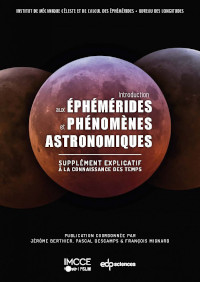 Edited by Jérôme Berthier, Pascal Descamps & François Mignard.
Edited by Jérôme Berthier, Pascal Descamps & François Mignard.
An official publication of the
IMCCE
Description from the Institude of Celestial Mechanics (IMCCE):
This new version of the Introduction to astronomical ephemerides is a theoretical and practical
guide that presents the equations required to understand celestial phenomena. Written by
specialists from the Observatoire de Paris, the Observatoire de la Côte d'Azur,
and the Bureau des Longitudes, it is aimed at a wide public. From amateurs and curious,
as well as experts and professionals looking for precise forms, the most up-to-date
numerical constants, and all the conventions necessary for processing astronomical data.
This book presents with rigor the current state of knowledge on the subjects treated,
with the constant ambition to be
a practical guide without neglecting the theoretical framework when it is
necessary for understanding. It also present a large
number of historical introductions in each chapter. The book contains more than two
hundred figures and as many tables,
and is accompanied by an astronomical glossary and a detailed bibliography.
If some chapters are clearly intended for researchers and astronomers,
others have been written for a less informed public,
but equally interested in fundamental astronomy and celestial mechanics,
or simply looking for reference data in these fields.
The reader will find the following detailed topics:
- the systems of units and reference values related to the bodies of the Solar System,
- the most common time scales used in ephemeris and astronomical measuremens,
- the reference systems used to locate celestial bodies at all distance scales,
- the motion of planets and theories of motion of Solar system bodies,
- the dynamical and physical properties of small bodies, such as asteroids and comets,
- the motion of artificial satellites and their visibility from the ground,
- correction forms for the reduction of optical observations,
- eclipses of the Moon and Sun, transits of Mercury and Venus in front of the Sun,
- daily astronomical phenomena, as well as the seasons and the calendar.
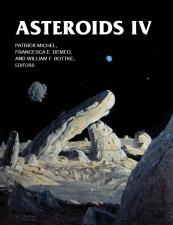 Edited by Patrick Michel, Francesca E. DeMeo & William F. Bottke Jr.
Edited by Patrick Michel, Francesca E. DeMeo & William F. Bottke Jr.
A Space Science Series book of
The University of Arizona Press
Description from the University of Arizona Press:
Over the past decade, asteroids have come to the forefront
of planetary science. Scientists across broad disciplines
are increasingly recognizing that understanding asteroids
is essential to discerning the basic processes of planetary
formation, including how their current distribution
bespeaks our solar system's cataclysmic past. For
explorers, the nearest asteroids beckon as the most
accessible milestones in interplanetary space, offering
spaceflight destinations easier to reach than the lunar
surface. For futurists, the prospects of asteroids as
commercial resources tantalize as a twenty-first-century
gold rush, albeit with far greater challenges than faced by
nineteenth-century pioneers. For humanity, it is the
realization that asteroids matter. It is not a question of
if — but when — the next major impact will occur. While the
disaster probabilities are thankfully small, fully
cataloging and characterizing the potentially hazardous
asteroid population remains unfinished business.
Asteroids IV sets the latest scientific foundation upon
which all these topics and more will be built upon for the
future. Nearly 150 international authorities through more
than 40 chapters convey the definitive state of the field
by detailing our current astronomical, compositional,
geological, and geophysical knowledge of asteroids, as well
as their unique physical processes and interrelationships
with comets and meteorites. Most importantly, this volume
outlines the outstanding questions that will focus and
drive researchers and students of all ages toward new
advances in the coming decade and beyond.
Chapter 10: Asteroid Models from Multiple Data Sources
J. Ďurech, B. Carry, M. Delbo, M. Kaasalainen & M. Viikinkoski
pp. 183-202
(PDF
![]() ,
NASA/Ads
,
NASA/Ads
,
BibTeX,
DOI
)
In the past decade, hundreds of asteroid shape models have been derived using the lightcurve inversion method. At the same time, a new framework of three-dimensional shape modeling based on the combined analysis of widely different data sources -- such as optical lightcurves, disk-resolved images, stellar occultation timings, mid-infrared thermal radiometry, optical interferometry, and radar delay-Doppler data -- has been developed. This multi-data approach allows the determination of most of the physical and surface properties of asteroids in a single, coherent inversion, with spectacular results. We review the main results of asteroid lightcurve inversion and also recent advances in multi-data modeling. We show that models based on remote sensing data were confirmed by spacecraft encounters with asteroids, and we discuss how the multiplication of highly detailed three-dimensional models will help to refine our general knowledge of the asteroid population. The physical and surface properties of asteroids, i.e., their spin, three-dimensional shape, density, thermal inertia, and surface roughness, are among the least known of all asteroid properties. Apart from the albedo and diameter, we have access to the whole picture for only a few hundreds of asteroids. These quantities are nevertheless very important to understand, as they affect the nongravitational Yarkovsky effect responsible for meteorite delivery to Earth, as well as the bulk composition and internal structure of asteroids.
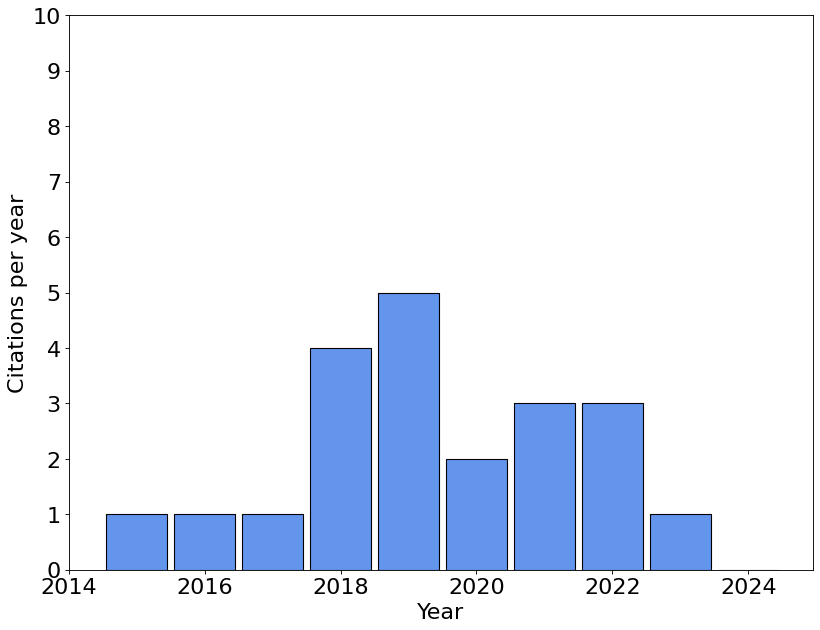
Check the full lists of citations
Chapter 19: Asteroid Systems: Binaries, Triples, and Pairs
J.-L. Margot, P. Pravec, P. Taylor, B. Carry & S. Jacobson
pp. 355-374
(PDF ![]() ,
NASA/Ads
,
NASA/Ads , BibTeX,
DOI
)
In the past decade, the number of known binary near-Earth asteroids has more than quadrupled and the number of known large main-belt asteroids with satellites has doubled. Half a dozen triple asteroids have been discovered, and the previously unrecognized populations of asteroid pairs and small main-belt binaries have been identified. The current observational evidence confirms that small (≤20 km) binaries form by rotational fission and establishes that the Yarkovsky-O'Keefe-Radzievskii-Paddack (YORP) effect powers the spin-up process. A unifying paradigm based on rotational fission and post-fission dynamics can explain the formation of small binaries, triples, and pairs. Large (≥20 km) binaries with small satellites are most likely created during large collisions.
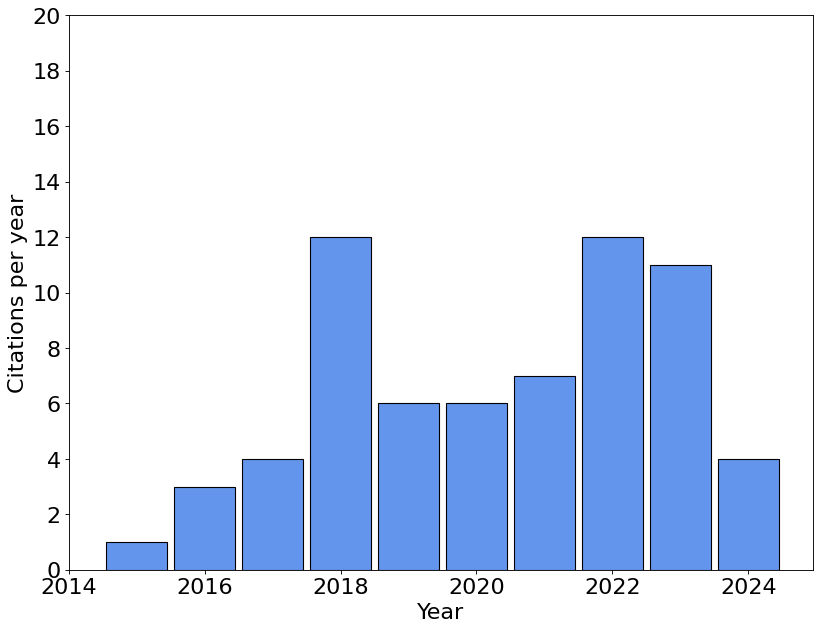
Check the full lists of citations
Chapter 38: Asteroid Interiors and Morphology
D. Scheeres, D. Britt, B. Carry & K. Holsapple
pp. 745-766
(PDF ![]() ,
NASA/Ads
,
NASA/Ads ,
BibTeX,
DOI
)
The geophysical study of asteroids has moved from the realm of speculation and constraint to a more data rich environment where observations can be directly used to understand and probe the physical nature of these bodies. While many broad questions were posed in the Asteroids III chapter on asteroid interiors, in the current setting we are now able to probe more deeply into these questions, taking advantage of many different observations of asteroids across their entire size scale. The current chapter will take a very broad survey of what constraints currently exist in this area, what progress has been made in understanding these bodies analytically and through simulations, and what current theories can inform and guide future observations and tests of our understanding. The following topics are covered in this chapter: the strength of asteroid materials as inferred from meteors and meteorites, the density and porosity of asteroids as inferred from remote observations, global constraints on asteroid strength and morphology based on ground- and spacebased observations, analytical theories of asteroid strength and evolution, and the current state of numerical simulation techniques of asteroid interiors and morphology.
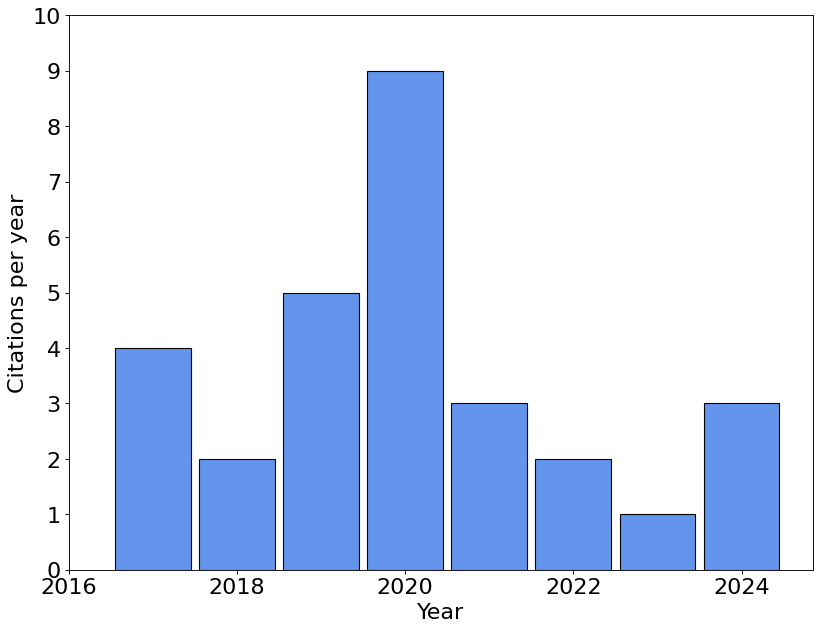
Check the full lists of citations